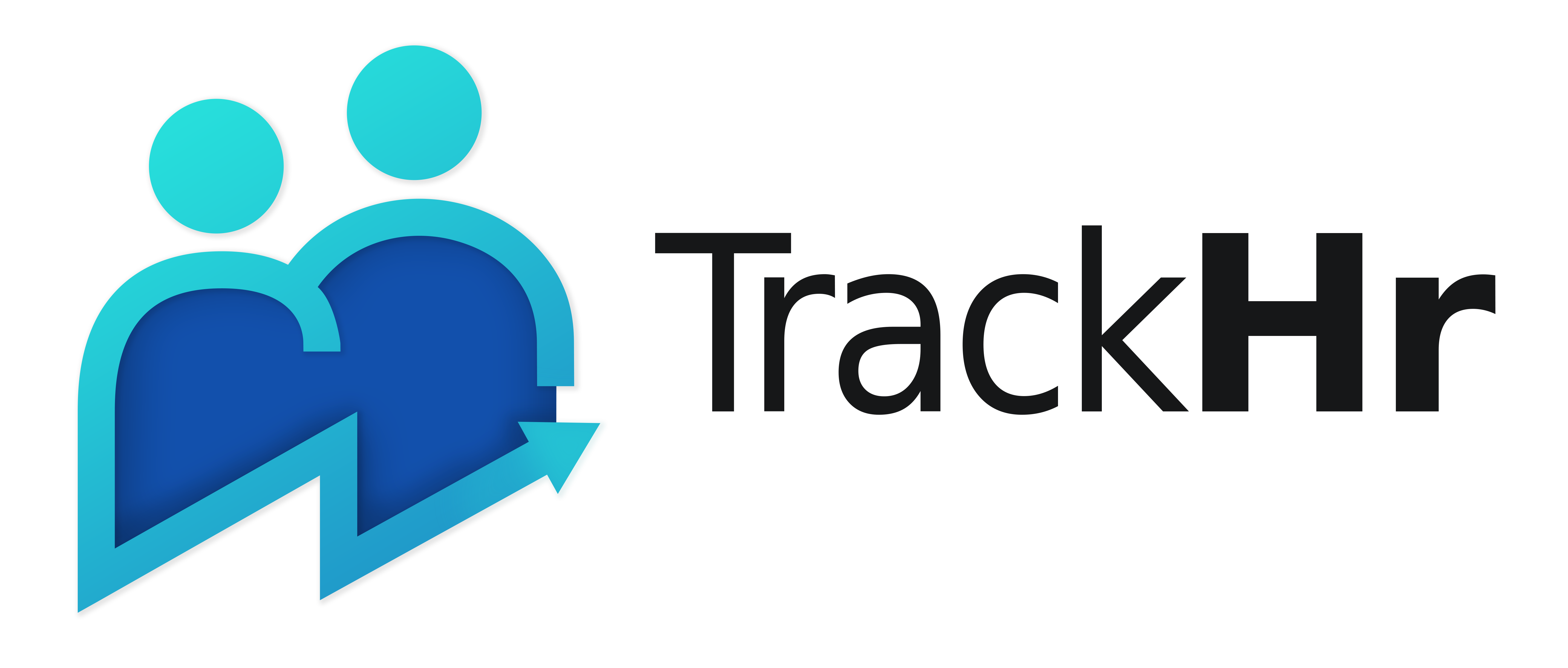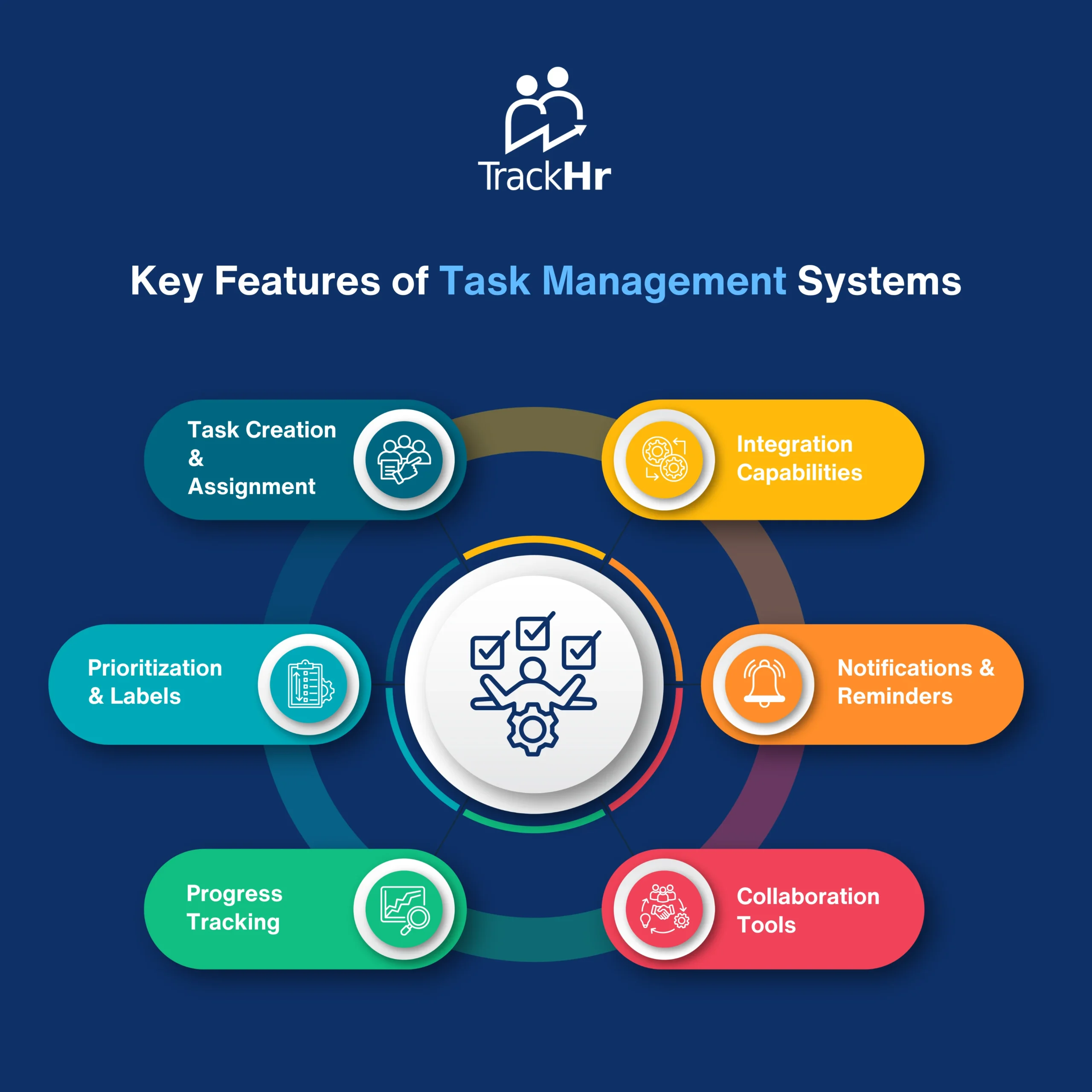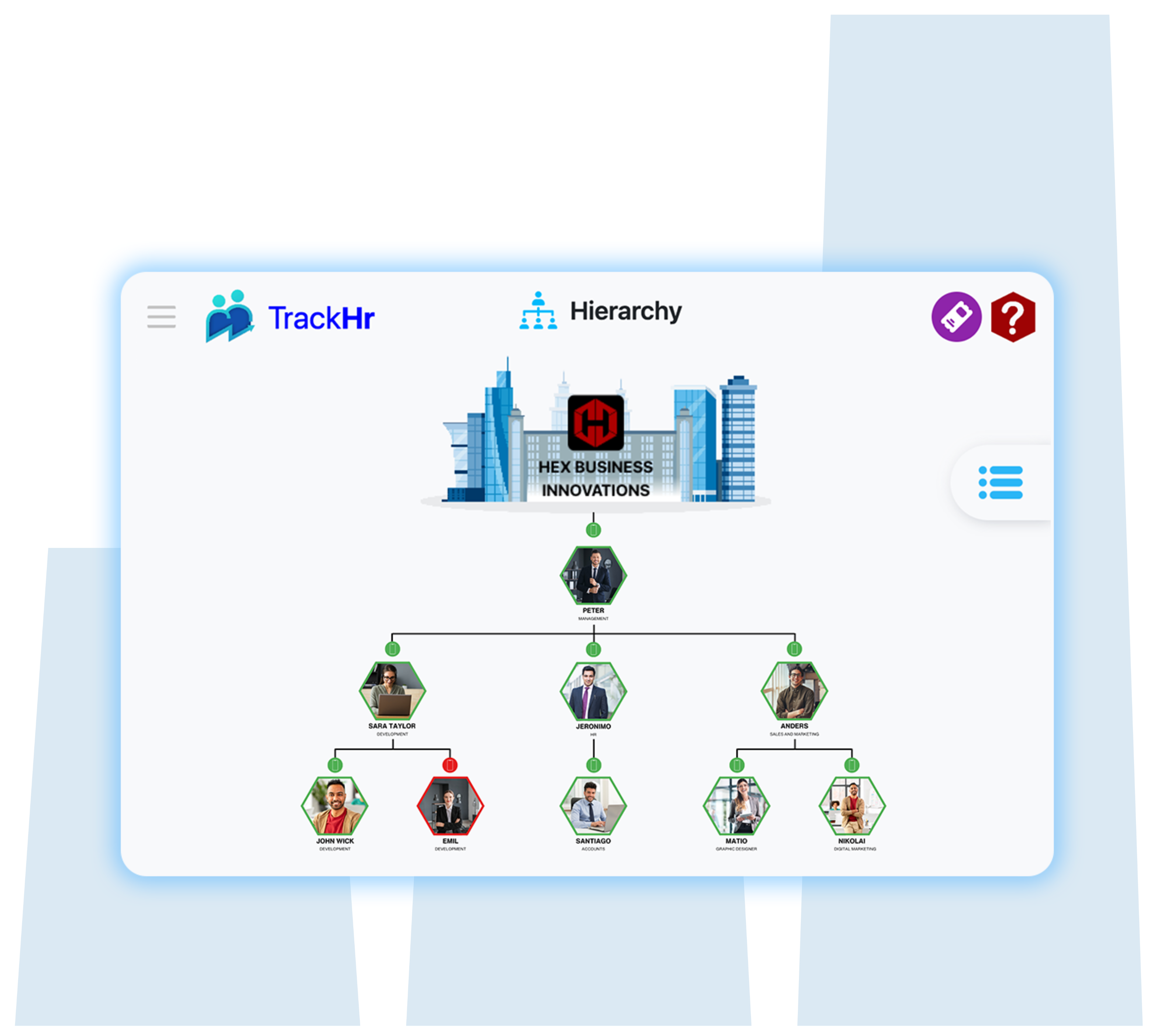Blog
How to Use Data Analytics to Improve Employee Performance
- April 16, 2025
- 11:38 am

In today’s digital workplace, data analytics is no longer just for sales or marketing—it’s a game-changer in employee performance management. By collecting, analyzing, and acting on workforce data, businesses can gain deeper insights into employee behavior, productivity, and potential. This guide shows you how to harness data analytics to improve individual and team performance effectively.
Why Data Analytics Matters in Performance Management
1. Objective Evaluation
Analytics provide measurable performance indicators that eliminate guesswork and bias.
2. Early Detection of Issues
Spot underperformance or disengagement early using trend analysis.
3. Personalized Development Plans
Data helps tailor training, coaching, and upskilling based on individual needs.
4. Improved Goal Alignment
Ensure every employee’s goals align with overall business objectives using measurable KPIs.
5. Informed Decision-Making
Managers can make smarter decisions about promotions, raises, and team structure.
Key Data Sources for Employee Performance Analytics
- Time Tracking Tools
- Project Management Systems
- Employee Surveys and Feedback Forms
- Performance Reviews
- Learning & Development Platforms
- HRIS and Attendance Data
Metrics to Monitor
1. Key Performance Indicators (KPIs)
Track specific outputs that contribute to business goals.
2. Employee Productivity
Measure tasks completed, quality of output, and time efficiency.
3. Engagement Levels
Use pulse surveys and feedback tools to gauge motivation.
4. Goal Completion Rates
Assess how consistently employees achieve their objectives.
5. Training Effectiveness
Measure post-training performance improvements.
Steps to Implement Performance Analytics
Step 1: Define Clear Objectives
What performance challenges are you trying to solve?
Step 2: Collect and Integrate Data
Use software like TrackHr or other platforms to consolidate data sources.
Step 3: Choose the Right KPIs
Select KPIs aligned with business goals and team roles.
Step 4: Analyze and Interpret Data
Look for patterns, anomalies, and trends using visualization tools.
Step 5: Act on Insights
Use findings to offer feedback, update goals, and implement development plans.
Step 6: Monitor Progress
Continuously track improvements and refine strategies.
Best Practices
- Be Transparent: Let employees know what data is collected and how it’s used.
- Ensure Data Privacy: Follow legal and ethical guidelines.
- Encourage Employee Buy-In: Show how analytics help personal growth.
- Combine with Qualitative Feedback: Balance data with manager insights.
Conclusion
Using data analytics to improve employee performance can lead to higher productivity, engagement, and overall organizational success. With the right tools and strategies in place, your company can shift from reactive management to proactive performance optimization. Start small, scale smart, and let data guide your growth.
Table of Contents
Exhausted from managing performance management manually?





